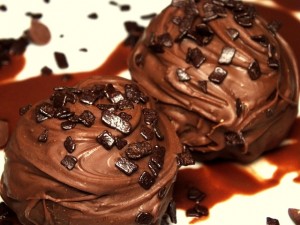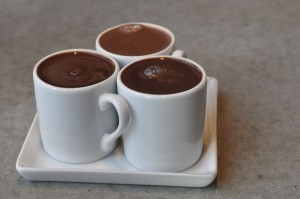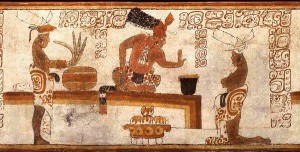Chocolate Truffle by: https://pixabay.com/en/dark-chocolate-truffle-dessert-953248/
Throughout history, chocolate has transformed from a treat made for kings into everyday candy most children have access to. In American culture, chocolate can be found everywhere from Halloween candy given out by the handfuls, to exotic handmade chocolate sculptures. There is a wide spectrum of cultures cocoa reaches. Many folks in the United States can relate to childhood chocolate as the classic Hersey’s bar they ate in smores around the campfire or as a sweet treat from a loved one. Years later, chocolate can be sensual, romantic food in adult culture. Chocolate products in developed countries now are using a huge variety of flavors and quality beans.
On the other side of the world, South America still uses chocolate in the ancient form of drinking chocolate. Gatherings typically showcase the spicy, frothy beverage reserved for special occasions. As one can assume, cacao beans go through much less processing and will cost a significant amount less to produce the end product in areas closer to the equator where cacao trees are native.
Modern cuisine has advanced chocolate to continue being used as delicacy for the rich and privileged. This tradition has carried on through the centuries and shows no signs of extinguishing in the future. From the Mayans to millionaires eating ganache that traveled thousands of miles, chocolate continues to demonstrate class standing around the world.



